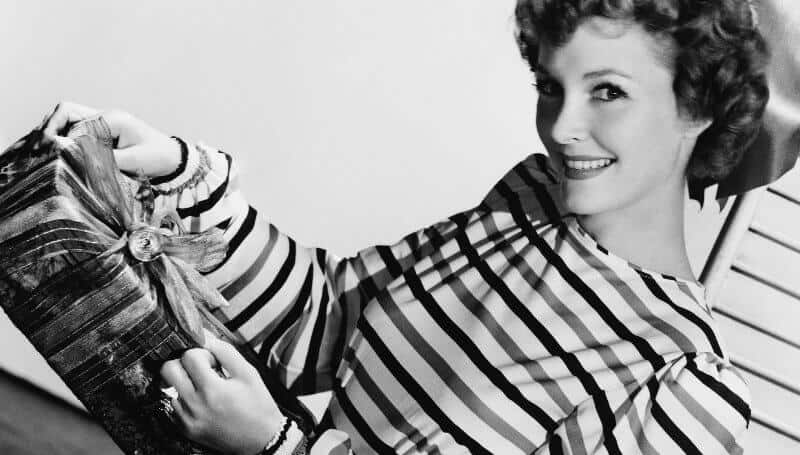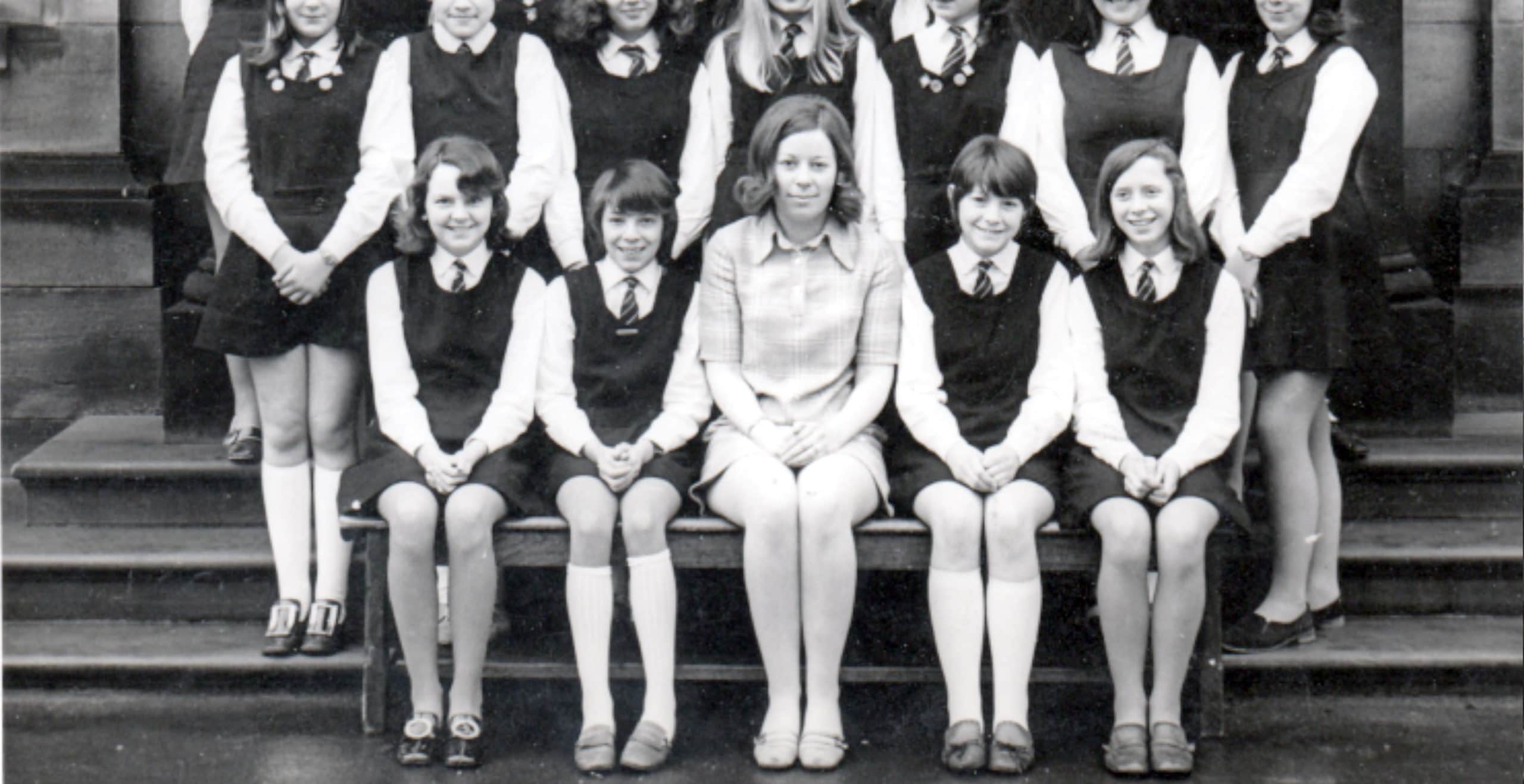The great British seaside holiday came into its heyday in the post war years, the 1950s and 1960s. Now affordable to many through paid annual leave (thanks to the Holiday Pay Act 1938), the destinations of choice depended largely on where you lived. For example in the north, those from the mill towns, Manchester, Liverpool or Glasgow would most likely go to Blackpool or Morecambe: those from Leeds would head for Scarborough or Filey. Londoners might choose Brighton or Margate.

If you were heading some distance for your holiday, for example driving to the popular resorts of Torbay or the West Country, it would take a full day to travel there as there were no motorways in the early post war years. The first stretch of motorway in the UK to be opened was the Preston Bypass in 1958: not much use if you were heading to Cornwall or Devon!
Many industrial towns had local holiday weeks (wakes weeks or trades fortnight) when the local factory or plant would shut down for maintenance and all the workers would take their annual leave at the same time.
In the 1950s and 1960s it was unusual for families to holiday abroad, most stayed in the UK. Those lucky enough to have relatives living by the coast might holiday with them, some would rent a flat or house, some would stay in a guest house, B&B or hotel, whilst many would head for the holiday camps such as Butlins or Pontins.
 Dining room, Butlins Holiday Camp at Pwllheli, early 1960s
Dining room, Butlins Holiday Camp at Pwllheli, early 1960s
Holiday camps, such as that featured in the TV sitcom ‘Hi-Di-Hi’, became popular in post war Britain with family entertainment and activities available for the equivalent of an average man’s weekly pay. Travel to the camp would be by charabanc (coach); campers would be greeted by the entertainments staff (red coats for Butlins, blue for Pontins). There were three meals a day, served in the communal dining hall, daytime activities for both adults and children and of course, evening entertainment. A child’s delight, all activities including the swimming pool, cinema, fairground rides and roller skating rink were free of charge!
Whether it was a day out at the seaside or a fortnight, all British resorts offered fun and escape from daily life. There were amusement arcades, candyfloss stalls and seafood shacks selling cockles and whelks in paper cones. Cafes with Formica tables and wooden chairs served fish and chips accompanied by mugs of hot tea and white bread and butter. There were donkey rides on the beach, crazy golf, helter skelter slides and dodgems. Along the promenade you would find shops selling rock, postcards, buckets and spades, along with plastic windmills and packets of flags to adorn the sand castles.

Away from the beach, in the beautifully manicured, ornamental public gardens there would be a bandstand surrounded by striped deck chairs and maybe a pavilion where a Wurlitzer organ would play when it rained.
On the beach, whatever the weather, you would find families sheltering behind windbreaks. Whilst the adults would relax in deckchairs, rented for the day or half day, the children would play ball, dig sandcastles, go rock pooling and paddle in the sea. Some families rented beach huts by the day or week; these were great places to shelter from the rain and for changing into and out of swimming costumes.

The bikini was invented in 1946 and by the 1950s was very popular with women. Men wore boxer-style swimming shorts, whilst children often wore hand-knitted swimming costumes and trunks – fine, that is, until they got wet! And of course, the headgear of choice for the follicly challenged gentleman was the knotted handkerchief!
Sunburn was not considered a health risk, in fact quite the opposite. If sun tan lotion was used, it was Coppertone, otherwise baby oil and UV reflectors were used to achieve the desired deep mahogany colour that showed the neighbours you’d been away on holiday.

In the evening there was the cinema, pubs, bingo, dancing or live entertainment in the theatres. Seaside entertainment is a very British tradition: all the great seaside resorts would feature popular entertainers of the day, for example Ken Dodd or Des O’Connor, in the end-of-the-pier style shows. Indeed, if you were lucky enough to be in Margate at the Winter Gardens in the early 1960s, the Beatles were part of the summer season bill!
The British seaside resorts gained a different kind of reputation in the early and mid 1960s as gangs of teenagers – mods in their suits riding scooters and rockers in their leathers on motorbikes – would descend there en masse on bank holidays. Trouble would inevitably ensue with rival gangs pursuing each other: in Brighton in 1964, fighting lasted two days, moving along the coast to Hastings and earning the press headline, ‘the second battle of Hastings’.
 Photo credit: Phil Sellens, Licensed under CC 2.0 Generic
Photo credit: Phil Sellens, Licensed under CC 2.0 Generic
The glory days of the great British seaside holiday came to an end with the arrival of the jet age and cheap package tour holidays to Spain where sunshine (and sunburn) was almost guaranteed. Holiday souvenirs were now sombreros, flamenco dolls and castanets, rather than sticks of rock and seashells. Today however, with the increasing popularity for ‘staycations’, the seaside resorts are reinventing themselves once again as great family destinations.









